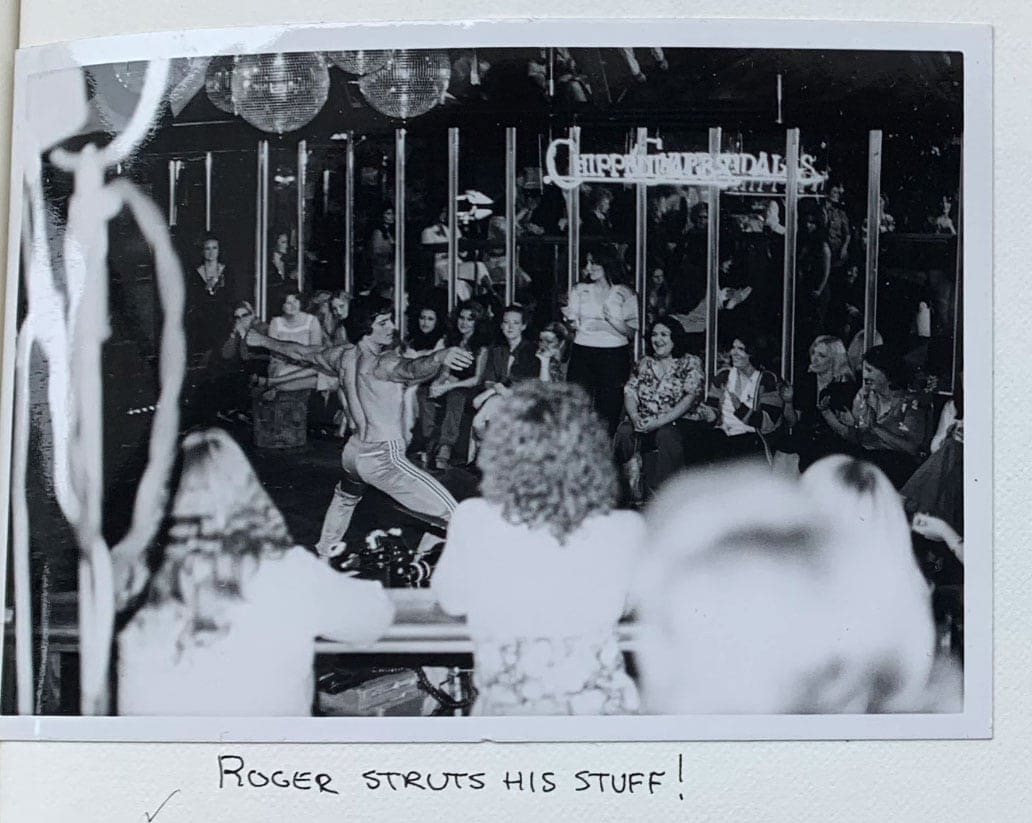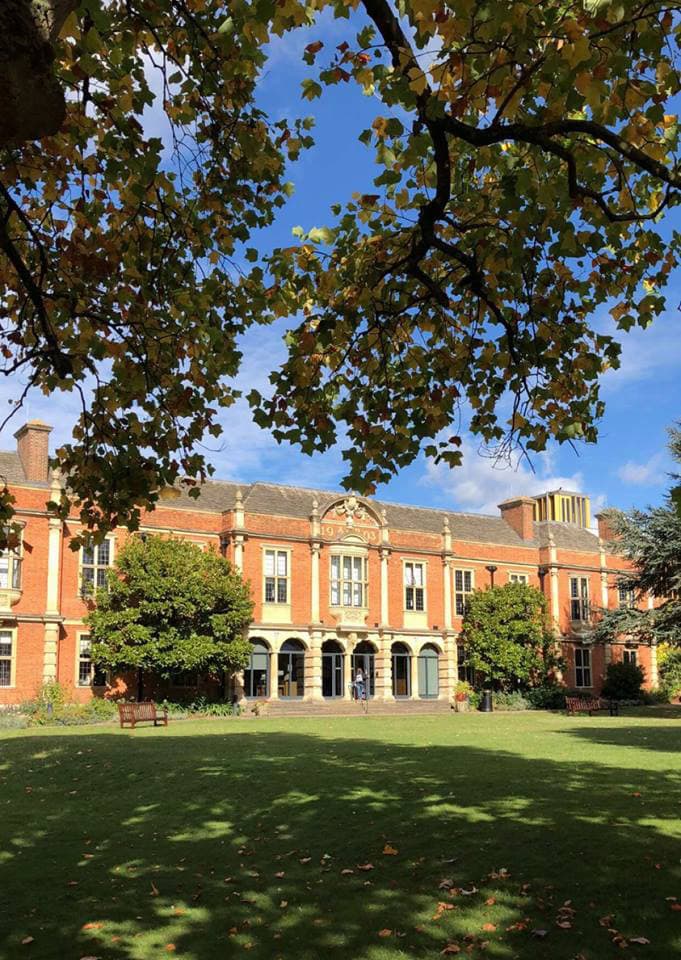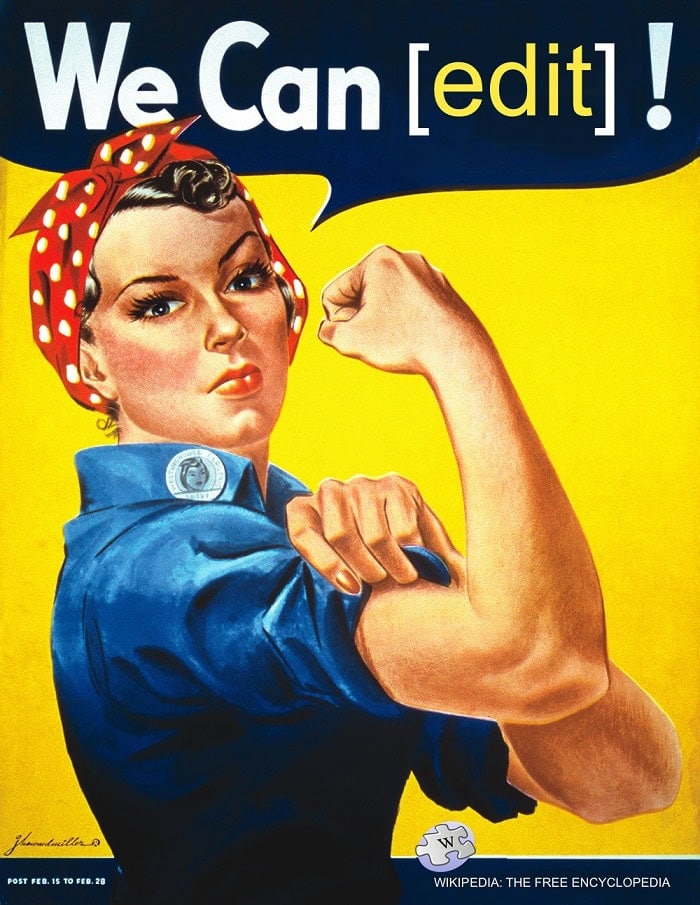I began my teaching days in the 1970s with women’s history. Whether out of my own sense of wonder or just plain chutzpah, this graduate student in American studies sought to cover women’s experiences of industrialization, colonialism, imperialism, resistance, and revolution in the modem world. I took my categories and topics from the movement for women’s liberation—production and reproduction, sexuality and the body, race and class divisions among women, the struggle over defining woman’s nature as well as her place. The personal was the political was the intellectual. From the start I asked students to keep journals, a practice borrowed from the developing field of women’s studies, in order to reflect on the meanings of what they read-for the past as well as the present, for themselves as well as those whose lives they explored. Our questions came from the women’s movement and our own inner hungers. The past could be a usable one, but it had to be taken on its own terms. This intellectual understanding sometimes became lost in my eagerness both to excite students about history—to show that it was relevant—and to offer a place for consciousness-raising. We women’s historians were subversives in the classroom.
The insights that Joel T. Rosenthal has shared from teaching women’s history—its disruption of the standard narrative (“rearranging the paradigm”), its exposure of the constructed nature of our courses (“demystifying the syllabus”), its challenge to fixed answers (“the world of uncertainty and ambiguity”)—derive from the logic of putting women at the center of historical analysis. Those of us who started our professional careers in that manner prefigured the postmodernist turn. Before Foucault or Derrida defined theory, we were deconstructors, tellers of multiple tales and recoverers of silenced standpoints, who shattered inherited narratives by expanding what was a fact and who were the subjects, as well as the objects, of history. Women’s history tended to destabilize knowledge and knowledge making, exposing the underlying assumptions of society and the historical frame works they encouraged. But we never fully shook off the enlightenment search for truth: we also wanted winners and losers, villains and heroines, agents and creators, that is, subjects whom we could know. So my lectures featured brave women even if they were the nameless toilers in mills or resisters of enslavement.
A relentless deconstruction and reconstruction has proceeded over the last 20 years; by losing a common sense of womanhood we found a richness of womanhoods. The teaching of women’s history continues to incorporate trends in feminist theory, women’s studies, and political action. As a field within history, the study of women has reflected shifts within historical scholarship as a whole. The resurgence of women’s history began when social and cultural approaches became dominant in historical study; indeed, it contributed to this change.
Social history still shapes my courses. I remain in dialogue with a chronology recognizable to U.S. historians but treat topics within periods, investigating such areas as women’s work, women’s bodies, and women’s status in different time frames and among groups of women defined by their class, race/ethnic, regional, sexual, and other appropriate identities. I break a two-semester course at 1890 out of the belief that the lives of women throughout the nation (their labor, motherhood, self-organization, rights, sensibilities, and gender conventions) changed more with the rise of an urban, industrial society and the growth of the national state than with the Civil War or Reconstruction, where the U.S. survey usually divides.
When I look over my syllabi, I find three major areas of development: a diversified coverage of race, ethnicity and region; an extension of gender as a category of analysis; and a reinscription of the political.1
Race, Ethnicity, and Region
Although mostly women take my women’s history classes, I am the “other”: the “white” women of European immigrant descent at Howard, a historically black college. Gender rarely exists apart from our race or ethnicity and class. Though we might isolate gender, race, or class (jokingly referred to as the “holy trinity” of women’s history) to highlight one of these factors, I now find the term “racialized gender,” which implies an interconnected unity, more powerful a category of analysis than speaking in the additive of gender and race. Just being on campus and in the classroom reminds me of my difference but also of our diversity. Howard University has fulfilled its mission to educate African Americans by creating one of the most multicultural spaces in the academy, given the various peoples from the Americas, Africa, Asia, the Arab world, and Europe that teach and study there. This environment reinforces the place of difference in the history of women-between women and men but also among women. In such a setting, essentialism cannot survive. So I explain to my classes: Just because I’m “white,” does not mean that my referent for “woman” is white. When we speak of woman or women, we should mean all or most who are “female”; otherwise we should explain which woman or women. That’s just good history, politics aside.
Over the years, my courses moved beyond the dichotomy of “black” and “white” to become multicultural. They expanded geographically from the East, North and South, and Midwest to embrace the West as well. I had recognized the class and ethnic diversity among women called white. With a quarter of our students from the West Indies and others from Africa, I have gained greater awareness of women called black.2 From 1984 when I arrived, the course U.S. Women to 1890 included material on free women of color as well as those enslaved; I’ve used Dorothy Sterling’s We Are Your Sisters (1984), autobiographies and biographies, and manuscript materials from Howard’s Moorland-Spingarn Research Collection. My students have introduced me to the shifting meaning of color and caste within Africa-America. From them, I’ve learned just how complicated race is as a social and cultural category. In U.S. Women since 1890, we’ve discussed the immigration of West Indian and African women in the 20th century.
Initially I concentrated on black and white women; students wanted their own history. Since conceptions of white womanhood defined womanhood throughout most of U.S. history, because African Americans have had to face a dominant culture not their own, we studied white women’s lives in comparison to those of African American women. I hoped such an approach—as we considered the female life cycle, paid and unpaid labor, sexuality and reproduction, law, and social movements—would illuminate what women shared with each other on the basis of gender and what they shared with men of their own group; that is, how race and class kept them apart. We asked whether African American women could be “flappers” and turned to the blues women to forge an answer. We compared the Great Migration with European and Asian immigration.
During my first years at Howard I felt more comfortable teaching comparative women’s history. As women didn’t want a man to teach women’s history, I reasoned, African American women might feel disappointed at having a white woman teacher. My students have taught me that just as the scholarship grew in women’s history to such an extent that a man can reasonably give courses in this field, so African American women’s history has developed so that qualified historians can teach this material, perhaps differently than those who claim special affinities to the subject, but still effectively and meaningfully. Last time I began with Barbara Omolade’s The Rising Song of African American Women (1994), which captured my students’ imagination with its portrait of the author as “griot historian,” defined as one “who connects, uses, and understands the methods and insights of both Western and African world views and historical perspectives to further develop a synthesis—an African American woman’s social science.”
Indeed, one change in the teaching of U.S. women’s history comes from the proliferation of specialized courses. At Howard, Elizabeth Clark-Lewis now offers a specific course on African American women’s history. I, in turn, have made my courses even more multicultural. I consider various indigenous women on both coasts, around the Great Lakes, and on southwestern mesas. I’ve expanded immigrant to include Chinese, Japanese, Mexican, Puerto Rican, and others from Asia and the Americas. Racial and ethnic diversity demands a greater geographic spread since immigrants settled in specific areas throughout the continent. Not only does this multicultural tum mirror the United States, but it also allows us to better contextualize and evaluate the experience of African Americans through a comparison with racial/ethnic others as well as with the dominant group. We can explore the creation of white womanhood and the related question of who became “white.” Unequal Sisters (1994), the fine reader edited by Vicki Ruiz and Ellen Carol DuBois, has relieved my students from living in the reserve room during the second semester. I also rely on more specialized collections on, for instance, Native American women and women underslavery.3
Gender
I have replaced the intellectual history of ideas about woman, her nature, and her place with the interpretation of gender-or the social, economic, political, and cultural construction of the sexes. Women still exist as voices and beings. But they sometimes get squeezed from center stage by discussions of masculinity, men as men, and gender as the realm where power and authority are not only constructed but fought. More of the latter takes place in special discussion sections for graduate students, but I do introduce undergraduates to gender as well as to women’s history in the women’s history courses (and even the U.S. survey). Discussions that begin with students’ opinions on the state of black male-female relations move back to the gender dynamics of slavery and Jim Crow and gender relations among other racial/ethnic groups. Various groups of women and men do not merely experience familiar events in U.S. history—these events reflect gendered dynamics while gendered discourses often shape them. We speak of “Republican Motherhood” but also of “the family [male] wage.” The Great Depression generates a crisis of masculinity, while social security embodies racialized gendered understandings of the deserving and undeserving poor.
I begin with the gender systems of early America (suggesting the multiple systems of Europeans, Africans, and Native Americans) and we follow what happens to those systems as peoples not only come into contact with each other but also attempt to control their own lives and the lives of others. Discussion of “cross-gender females” among Native Americans, for example, questions the naturalness of assumed gender assignments, exposing gender as a historical subject as well as a category.4 One assignment asks students to compare and contrast gendered codes, understandings, and experiences in the autobiographical and imaginative writings of women and men from at least two groups. A variation on this theme has students read black newspapers. Though some historians worry that concern for gender diverts us from the study of women’s history, I find that incorporating gender extends my comparative perspective and sharpens our understanding women’s multiple identities and the relations of authority, subordination, and resistance through which these have emerged.
The Return of the Political
Gender analysis has transformed how we understand the “political.” Study of women, a disenfranchised group, has aided in a larger reconceptualization of political history within U.S. history that moves beyond electoral politics to consider political culture, social movements, voluntary organizations, and social policy. Electoral politics now takes a new form, as we study what mobilized white men as opposed to women or black men. Social history had displaced the women’s suffrage movement from the narrative center of women’s history. The rediscovery of the state, social policy, and the law as categories within the political has refocused common topics of social history, such as education, family size and structure, immigration, and work. Rights and politics have come back, albeit in new ways and for different groups of women. Attention to race/ethnicity and region, along with gender analysis, has complicated interpretation settlement houses, unionization, and women’s rights (and wrongs), This reinscription of the political into my teaching reflects not only the direction of my own scholarship but also a significant movement within con temporary feminism that, like early 20th-century reform, struggles over the contours of social policy and the impact of state actions on women and children.
My teaching thus reflects the particular significance of the late 19th and 20th centuries for the racialized gendered origins of the welfare state—an area of heated debate among scholars (over maternalism and its race and class limits), but one that invites students to evaluate the historical roots of public policies toward families and work under demographic and economic change.5 Citizenship and its meanings become major themes through which I have returned to women’s suffrage and women’s movements. For one paper option, students trace historical debates over social policies, such as abortion, affirmative action, child care, comparable worth, welfare, in vitro fertilization, domestic violence, divorce, and child custody. I now try to leave more room for the post-WWII years. Since I can barely get to the second wave of feminism, I strive for a constant dialogue between the past and present; this pedagogical tool provides guideposts for more recent history as students complete the final readings for the course,
That dialogue is only one of many that take place in my women’s history classroom. Over the years, I have learned from my students and they from each other. Journals continue to serve as a space for personal reflection and analysis. So in evaluating “the other 1950s,” one son reflects on the Miami of his Haitian immigrant mother. Responding to the commercialization of cosmetics leads one woman to rage at standards of beauty constructed with other bodies as the ideal. If I feel like a referee, a keeper of the peace when emotions and opinions overtake scholarly discussion, student enthusiasm and desire to learn serve as ample compensation. With new perspectives, I’m eager to continue the conversation between the personal, the political, and the intellectual.
Notes
- As I was writing this essay, Radical History Review published a special issue on “Teaching Gender.” For a parallel story, see Ellen Carol DuBois, “Historical Reflections on Teaching Women’s History,” Radical History Review 64 (winter 1996): 6-11. [↩]
- Barbara Jeanne Fields points out how the idea that whites have ethnicity and blacks have race obscures ethnicity among people of African descent and the construction of racial categories. See Barbara Jeanne Fields, “Ideology and Race in American History,” in Region, Race, and Reconstruction: Essays in Honor of C. Vann Woodward, edited by J. Morgan Kousser and James M. McPherson (1982), 148-52. [↩]
- Vicki L. Ruiz and Ellen Carol DuBois, eds., Unequal Sisters: A Multi-Cultural Reader in U.S. Women’s History, 2nd ed. (1994); Nancy Shoemaker, ed., Negotiators of Change: Historical Perspectives on Native American Women (1995); Patricia Morton, Discovering the Women in Slavery: Emancipating Perspectives on the American Past (1996). Other useful anthologies include Adelade la Torre and Beatriz M. Pesquera, Building with Our Hands: New Directions in Chicana Studies (1993); Asian Women United of California, Making Waves: An Anthology of Writings by and about Asian American Women (1989); Darlene Clark Hine, Wilma King, and Linda Reed, eds., “We Specialize in the Wholly Impossible”: A Reader in Black Women’s History (1995). [↩]
- I assign Evelyn Blackwood, “Sexuality and Gender in Certain Native American Tribes: The Case of Cross-Gender Females,” Signs: A Journal of Women in Culture and Society 10 (autumn 1984): 27-42. [↩]
- See the symposium, “Maternalism as a Paradigm,” Journal of Women’s History 5 (fall 1993): 95-131; Linda Gordon and Theda Skocpol, “Gender, State, and Society: A Debate,” Contention 2 (spring 1993): 139-89. [↩]
Eileen Boris, professor of history at Howard University, is the author of Home to Work: Motherhood and the Politics of Industrial Homework in the United States (1994), which received the 1995 Philip Taft Prize in Labor History, and Art and Labor: Ruskin, Morris, and the Craftsman Ideal in America (1986). She serves on the board of the Coordinating Council for Women in History (CCWH) and edits the CCWH Newsletter.


